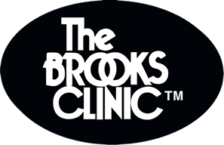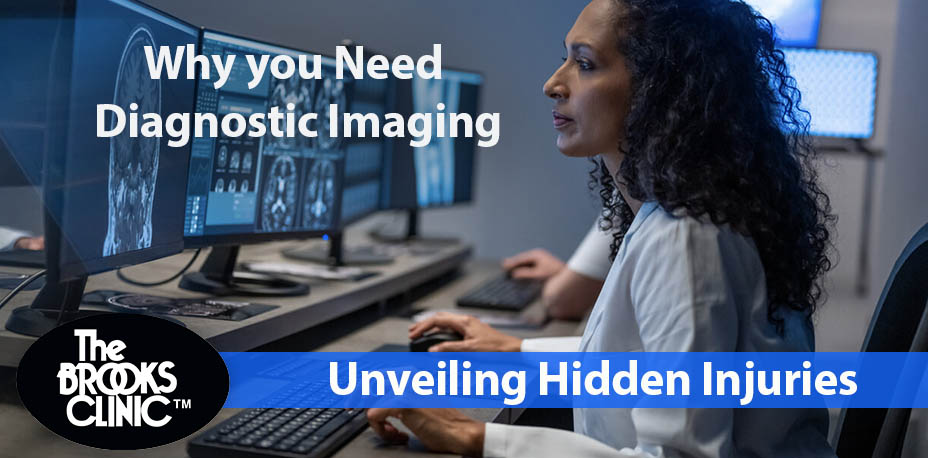Why Use Diagnostic Imaging Tools
Auto injury clinics employ the use of diagnostic imaging for a number of reasons. The most common reasons include:
- Detect Hidden Injuries: Diagnostic imaging can unveil hidden injuries that may not be immediately apparent or visible during a physical examination. It allows healthcare professionals to see beneath the surface and identify injuries such as fractures, internal bleeding, and soft tissue damage.
- Accurate Diagnosis: Diagnostic imaging provides healthcare professionals with detailed images that aid in making accurate diagnoses. It helps them identify the specific type and extent of an injury, enabling them to develop an appropriate treatment plan tailored to the individual patient’s needs.
- Assess Severity of Injuries: By using diagnostic imaging, healthcare professionals can assess the severity of injuries sustained in an auto accident. This information helps guide treatment decisions, determine the need for surgical intervention, and monitor the progress of recovery.
- Identify Internal Injuries: Some auto accident injuries may involve internal organs or structures that cannot be evaluated through physical examination alone. Diagnostic imaging techniques such as CT scans or MRIs can help identify internal injuries, allowing for timely intervention and appropriate treatment.
Which Diagnostic Imaging Tool Is Best For Me?
When it comes to diagnostic imaging tools used in auto injury treatment, several options are available. Here’s a short comparison guide to help you understand which imaging tool may be suitable for different types of injuries:
- X-rays: X-rays are commonly used to evaluate bone fractures or dislocations. They are quick, non-invasive, and provide clear images of bones. X-rays are especially effective for identifying fractures in areas like the ribs, spine, and extremities.
- CT Scans: Computed Tomography (CT) scans provide detailed cross-sectional images of the body. They are helpful in detecting internal injuries, such as organ damage, bleeding, or fractures. CT scans are particularly useful in evaluating injuries to the head, chest, abdomen, and pelvis.
- MRI Scans: Magnetic Resonance Imaging (MRI) scans produce detailed images of soft tissues, such as muscles, ligaments, and tendons. They are valuable for identifying injuries like soft tissue damage, herniated discs, or spinal cord injuries. MRI scans are ideal for assessing injuries in the neck, back, and joints. MRI images are used extensively to evaluation whiplash complications.
- Ultrasound: Ultrasound uses sound waves to create images of soft tissues and organs. It is commonly used to evaluate injuries in the abdomen, pelvis, and joints. Ultrasound is also useful for examining blood vessels and detecting conditions like deep vein thrombosis (DVT).
The choice of diagnostic imaging tool depends on the type and location of the injury, as well as the specific information required for accurate diagnosis and treatment planning. In many cases, a combination of imaging tools may be used to provide a comprehensive assessment.
Ultimately, the healthcare professional responsible for your care will determine the most appropriate imaging tool based on your specific injury and clinical presentation. They will consider factors such as the suspected injury type, the urgency of diagnosis, and any contraindications you may have.
Conclusion
We’ve explored the fascinating role of diagnostic imaging in an auto injury clinic and how it plays a pivotal role in unveiling hidden injuries. This powerful tool has revolutionized the way healthcare professionals diagnose and treat auto accident victims, ensuring that no injury goes unnoticed or untreated. So, the next time you find yourself in an auto injury clinic, know that diagnostic imaging is an invaluable tool in the hands of your healthcare team. It empowers them to uncover the hidden, provide accurate diagnoses, and offer the best possible care for your specific needs.
When you visit one of The Brooks Clinic locations, our auto injury team of healthcare professionals will determine the best course of action and get you started on the road to recovery. The Brooks Clinic is a one-stop shop for all your auto injury treatment in Oklahoma.




